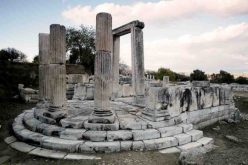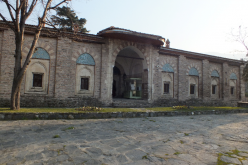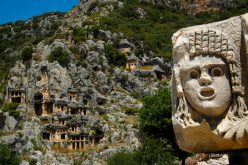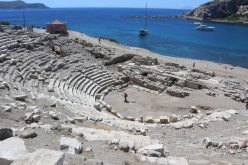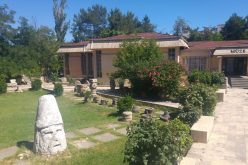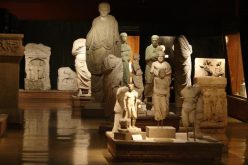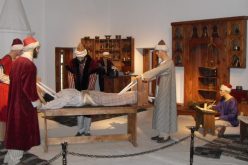Sagalassos
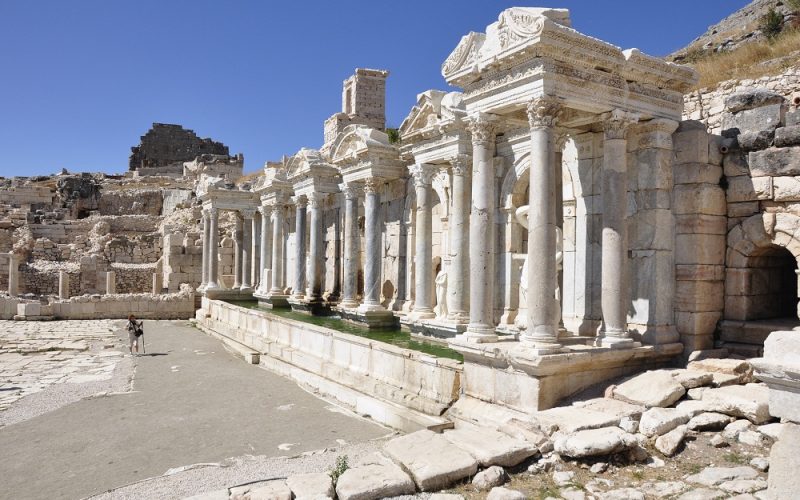
Sagalassos
Sagalassos is one of the best-preserved ancient cities in Turkey. It is located in southwest Turkey, more than one hundred kilometers north of the coastal city of Antalya, part of the province of Burdur. Sagalassos was the most important city of ancient Pisidia, located in the Taurus Mountain chain, with the Mediterranean Sea to its south and the Anatolian plateau to its north. The city spreads over south-facing slopes between 1450 and 1600 meters above sea level. The city was surrounded by a series of valleys that were gradually incorporated into its territory.
Sagalassos was conquered by Alexander the Great in 333 BC on his way to Persia. It flourished after joining the Roman Empire in 25 BC. The city was linked to the Anatolian road network and was connected with the interior, with the ports on the western coast of Ionia, and most importantly with those on the Mediterranean coast. The city was an export center for pottery and agricultural products throughout antiquity. After Alexander’s death, the region became part of the territories of Antigonus Monophthalmus, possibly Lysimachus of Thrace, the Seleucids of Syria and the Attalids of Pergamon. The archeological record indicates that locals rapidly adopted Hellenic culture.
After centuries of Hellenization and Roman rule, a third major change took place in Sagalassos from the fourth century onward: the city became Christian. Significant administrative developments occurred and after a pause in construction of nearly 235 years, building activity resumed at the end of the fourth century. Local elites were less involved in the city than before. From the fifth century on, Christianization widely influenced the architecture of Sagalassos.
Three events in the sixth and early seventh centuries caused the gradual decline of Sagalassos: an earthquake at the beginning of each century and a plague epidemic in 541-542. Even after these devastating events the city remained inhabited but its people mainly lived off agriculture; only in the thirteenth century did the last vestiges of Sagalassos disappear. Meanwhile, the neighboring town of Aglasun developed. The last stronghold on Alexander’s Hill was possibly destroyed by the Seljuk Turks who arrived in the area in the early 1200s.
Sagalassos survives today in Aglasun, whose name is derived from the ancient city. Aglasun was established in the 13th century under the Selçuk dynasty, when a caravansary and hamam were built near the current town square. It was a thriving center in the 16th century, when it hosted a regional market. The city has been excavated since 1990 by archaeologists from the University of Leuven in Belgium. The site features a huge Roman bath complex, library, urban mansion with more than 80 rooms, and theatre with seating for up to 9000 people, as well as other monuments from the city’s 1000 year history. Excavated finds have been exhibited at the Burdur Museum.
Related Articles
Write a Comment
Only registered users can comment.

